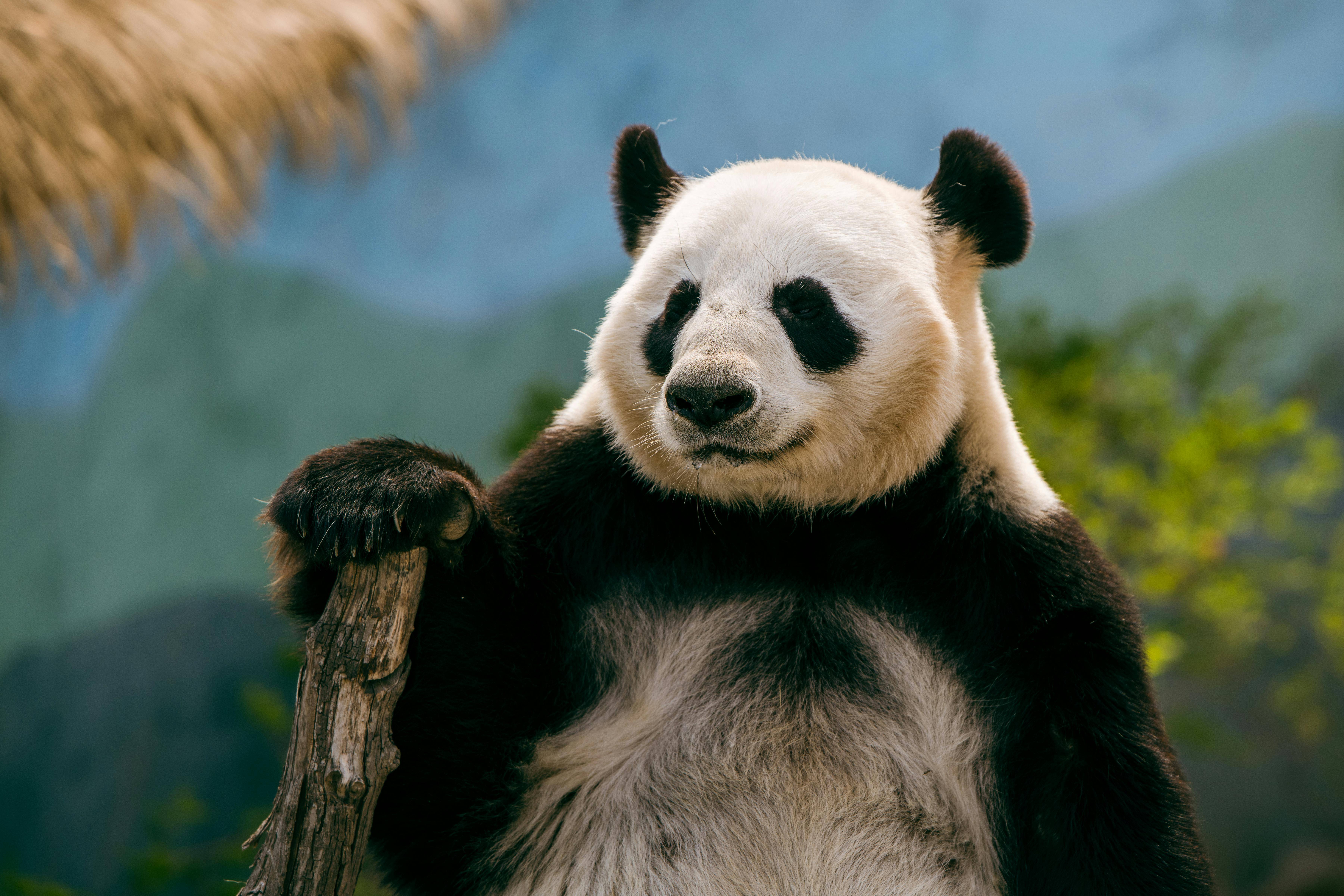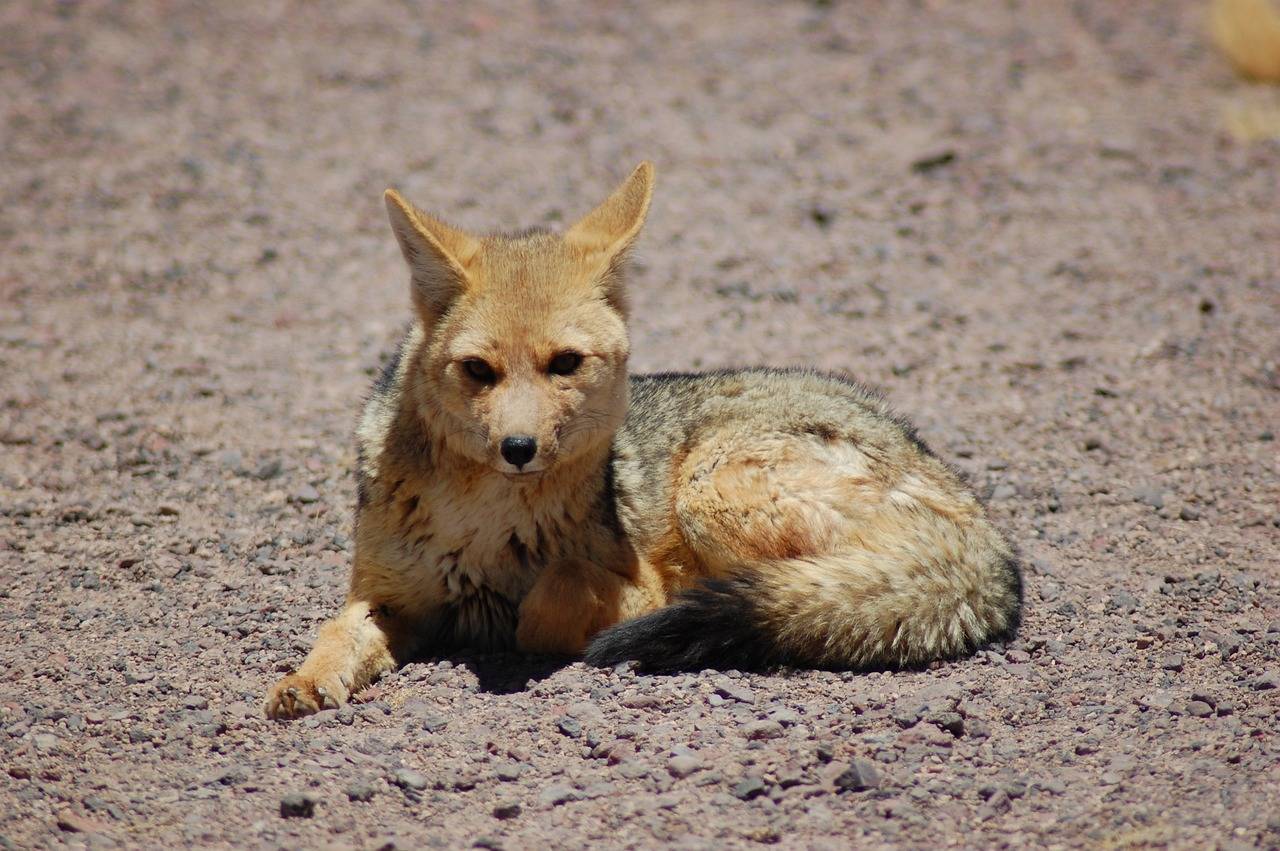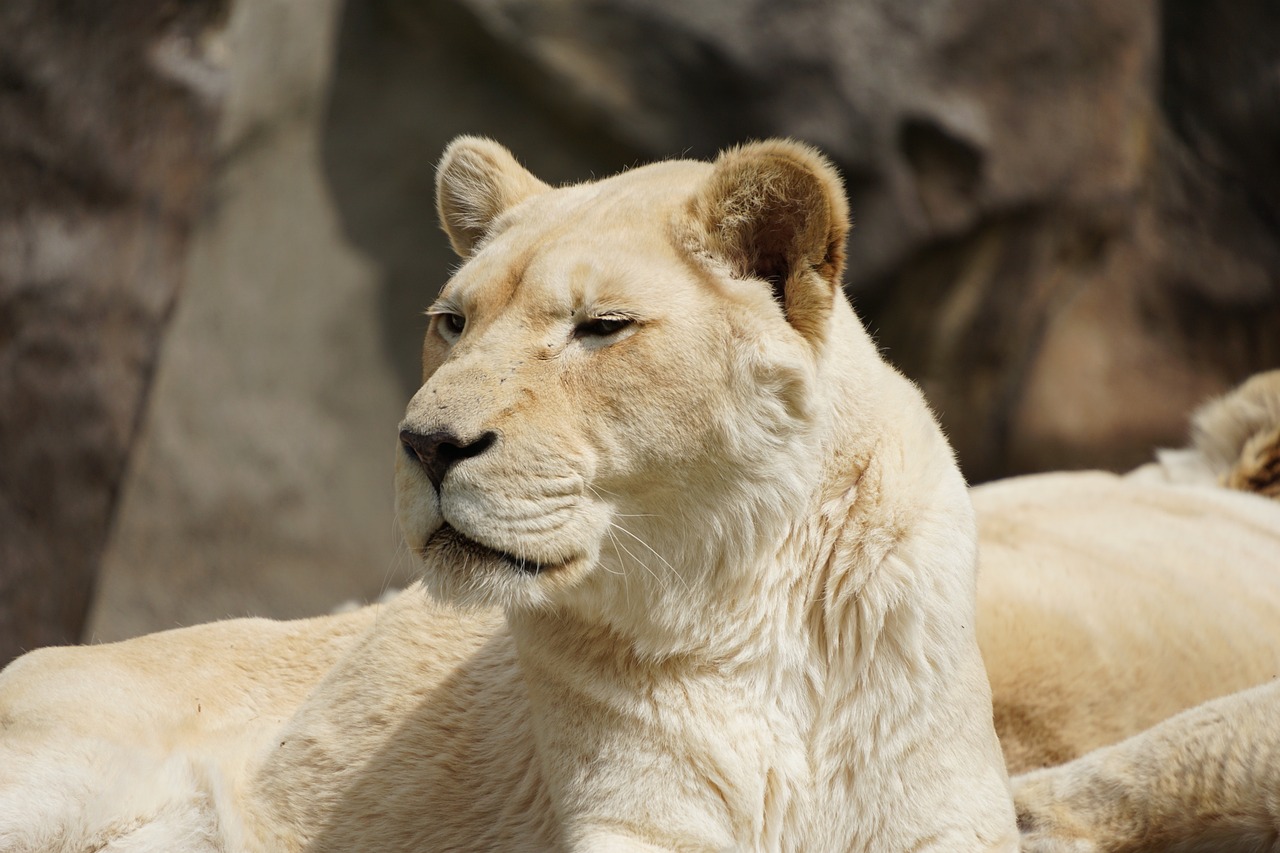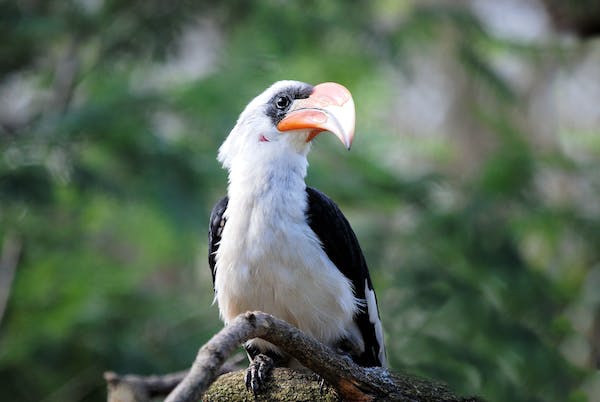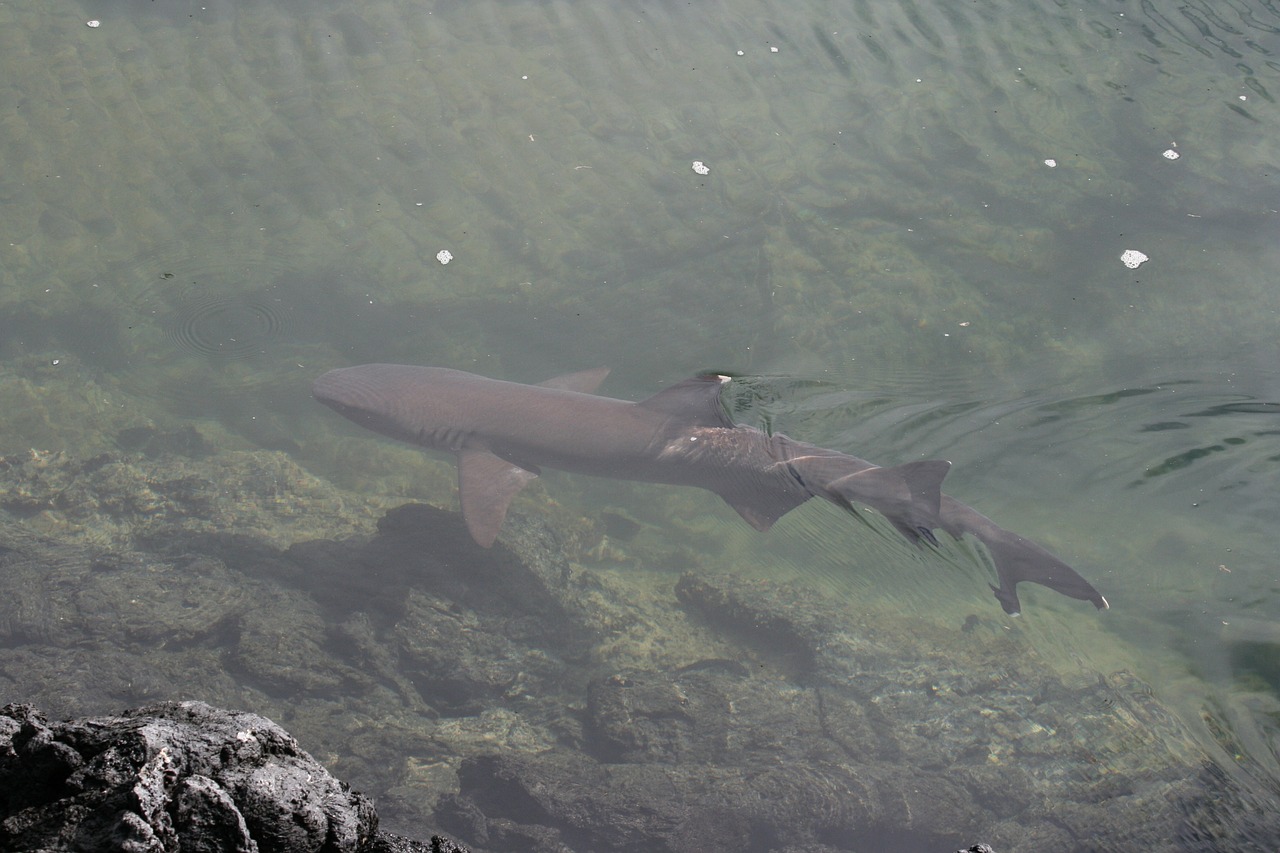Qinling Panda
Scientists and nature lovers have long been attracted by the Qinling panda, a unique subspecies of the big panda. This uncommon and secretive bear, which is native to China’s Qinling Mountains, has unique characteristics that make it stand out from its more often known relatives. Our article will explore the Qinling panda’s size, diet, endangered status, and population in 2023, among other topics.
These pandas, who are native to China’s Qinling Mountains, have unique traits that differentiate them from their black-and-white cousins.
1. Qinling Panda Lifespan
Qinling pandas live 15–20 years in the wild, which is comparable to other giant pandas’ lifespans. In order to guarantee that these pandas have a healthy and sustainable life, conservation initiatives and preventative measures are necessary .
Pandas kept in captivity have been known to live far longer, with some reaching their mid-20s, if they receive the right treatment and protection.
2. Qinling Panda Diet
The main components of the Qinling panda’s diet are the shoots, leaves, and stems of bamboo. Pandas are considered carnivores, although they have adapted to eat mostly plants, including bamboo.
The main food source for Qinling pandas is bamboo, with occasional small Animals, fruits, and other plants added. Despite having developed largely to process bamboo, their digestive mechanism permits them to consume a variety of foods to meet their nutritional needs.
The Qinling pandas eat a lot of bamboo every day to suit their nutritional demands; on occasion, they also eat carrion, small animals, or birds.
3. Why is the Qinling Panda Brown?
Additionally, Qinling pandas are distinguished from giant pandas by their reddish fur, which makes them look different. They are able to better blend into the forested ecosystems of the Qinling Mountains thanks to their unusual hue, which is ascribed to genetic reasons and environmental adaptability.
It is thought that this subspecies’ distinctive coat is an adaptation to the particular habitat of the Qinling Mountains, where the subspecies may have evolved as a result of the extensive forest cover and vegetation. These pandas can more successfully integrate into their surroundings thanks to their brown coloring, which offers superior concealing oneself amid the native flora.
4. Qinling Panda Size
Male Qinling pandas normally weigh between 85 and 125 kilograms (187 to 275 pounds), while females are slightly smaller. Overall, Qinling pandas and giant pandas are similar in size. Their large stature is a result of both their dietary preference for bamboo and their requirement to maneuver across the steep terrain of their home.
Females are slightly smaller, weighing between 70 and 100 kilograms (154 to 220 pounds), whereas adult males usually weigh between 85 and 125 kilograms (187 to 276 pounds). Qinling pandas range in length from 1.2 to 1.8 meters (4 to 6 feet).
5. Are Qinling Pandas Endangered?
Indeed, there is an endangered species designation for the Qinling panda. There are several threats to their survival, including habitat loss, fragmentation, and human activity. Protection of their habitat and the promotion of breeding programs to increase their population are the goals of conservation efforts, both domestically in China and abroad.
6. Where Do Qinling Pandas Live?
Only the Qinling Mountains in central China are home to Qinling pandas. The varied elevations and thick bamboo forests found in these mountains create the perfect habitat for pandas for growth.
These lush bamboo woods found in these mountains provide the pandas a good place to live. But habitat degradation and human encroachment still present serious threats to their survival.
7. Qinling Panda Facts
– Qinling pandas have a distinct genetic profile, which has led to their classification as a separate subspecies.
– Their brown and white fur serves as effective camouflage in the densely forested Qinling Mountains.
– Qinling pandas are excellent climbers and swimmers, skills developed for survival in their rugged habitat.
8. Qinling Panda Population 2023
Research on the precise number of Qinling pandas is still ongoing as of 2023. Nonetheless, the increase in their numbers has been supported by conservation efforts and awareness campaigns. For this rare subspecies to continue to exist, conservation techniques and ongoing observation are essential.
Conclusion
The remarkable biodiversity seen in China’s Qinling Mountains is demonstrated by the Qinling panda. This strange subpopulation of giant pandas, with its characteristic brown fur, diverse diet, and endangered status, continues to be a focus of conservation efforts.
It is hoped that while we work to preserve their environment and increase public awareness, future generations will still be in awe of the Qinling panda’s beauty and singularity.
It is critical to understand how crucial it is to protect this subspecies and its environment as we work through the difficulties of conservation.
Through continued research, awareness, and conservation efforts, we can contribute to the survival of the Qinling panda and ensure a harmonious future for this iconic species.

